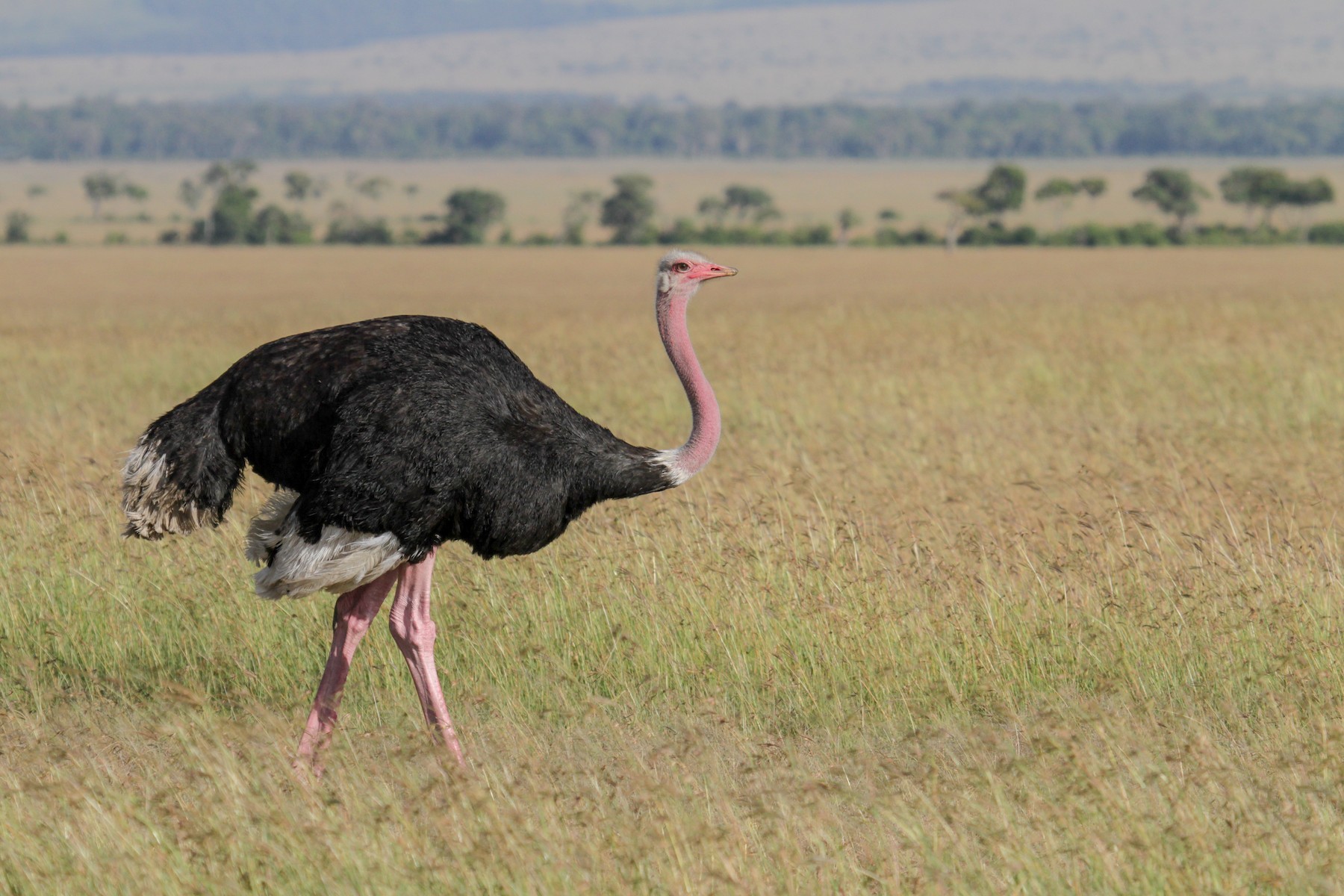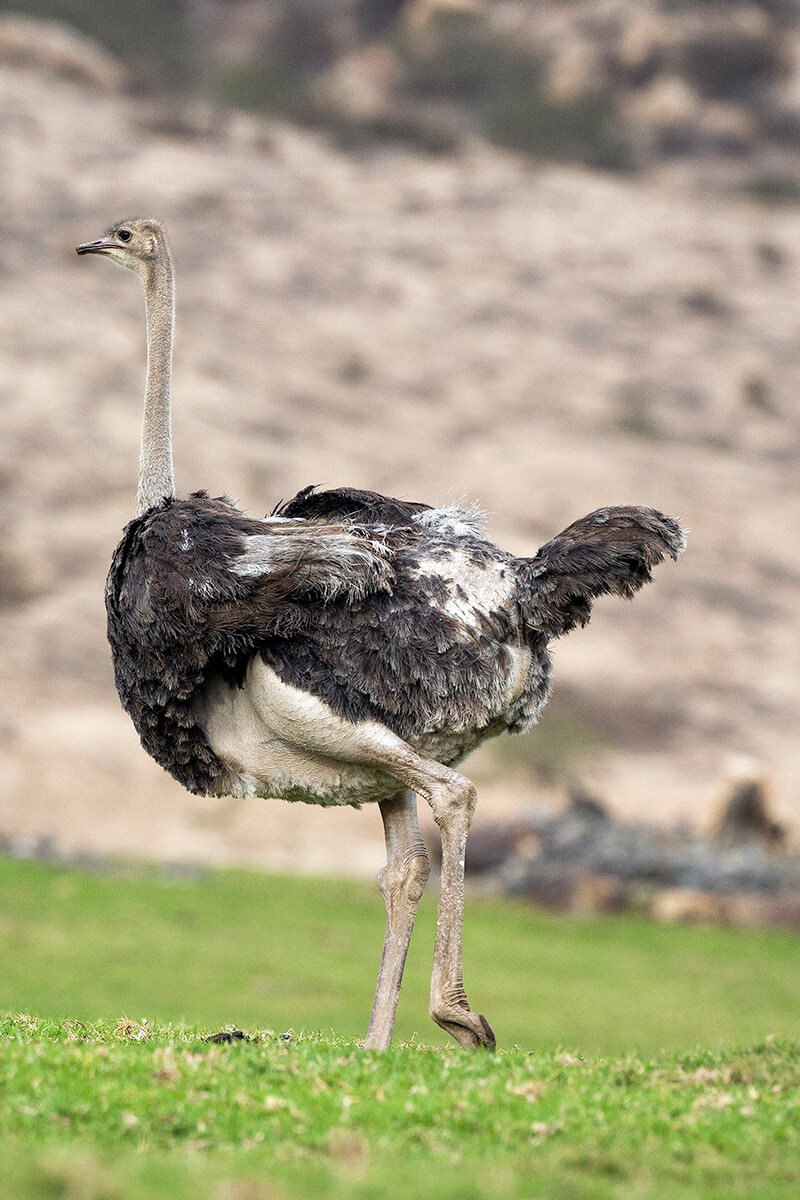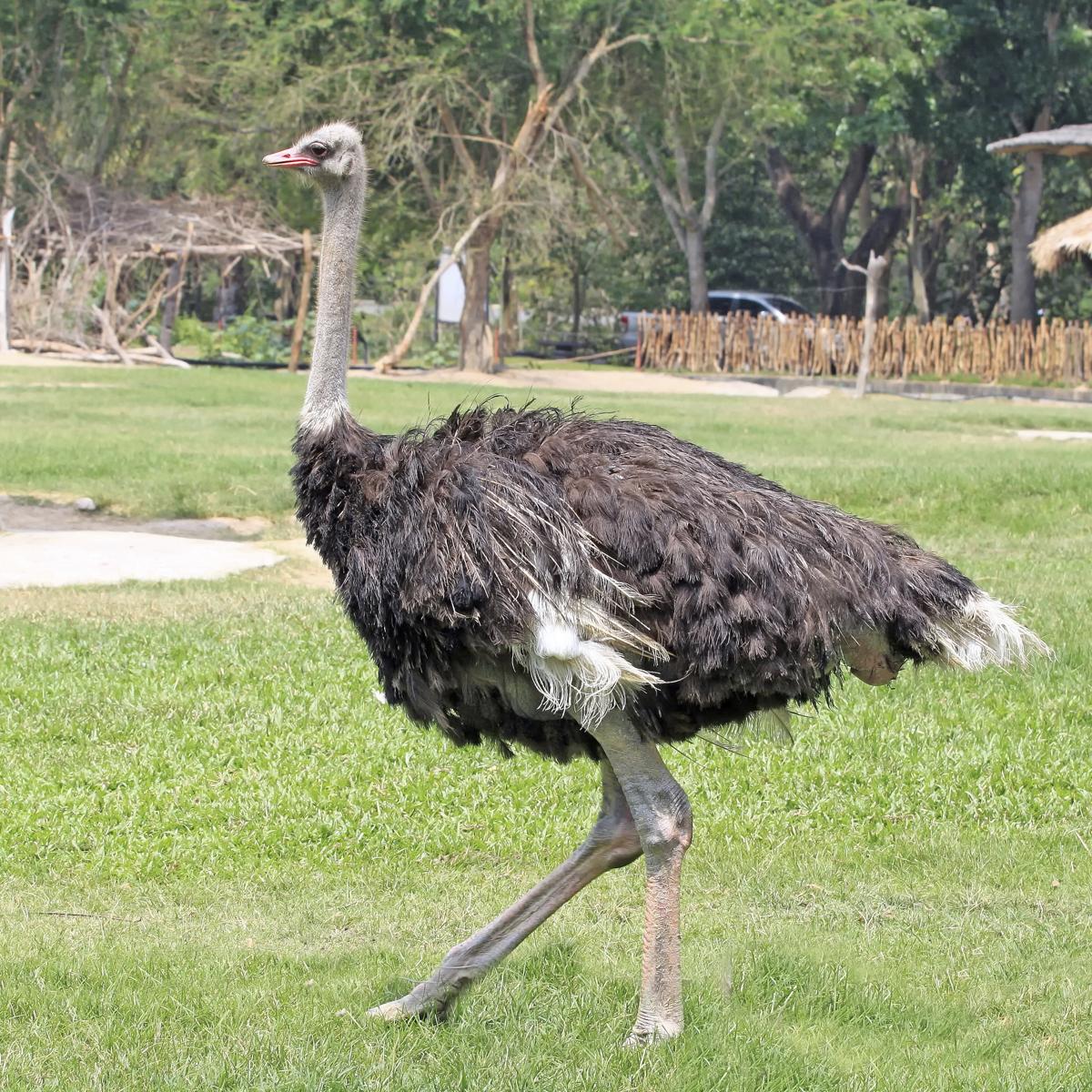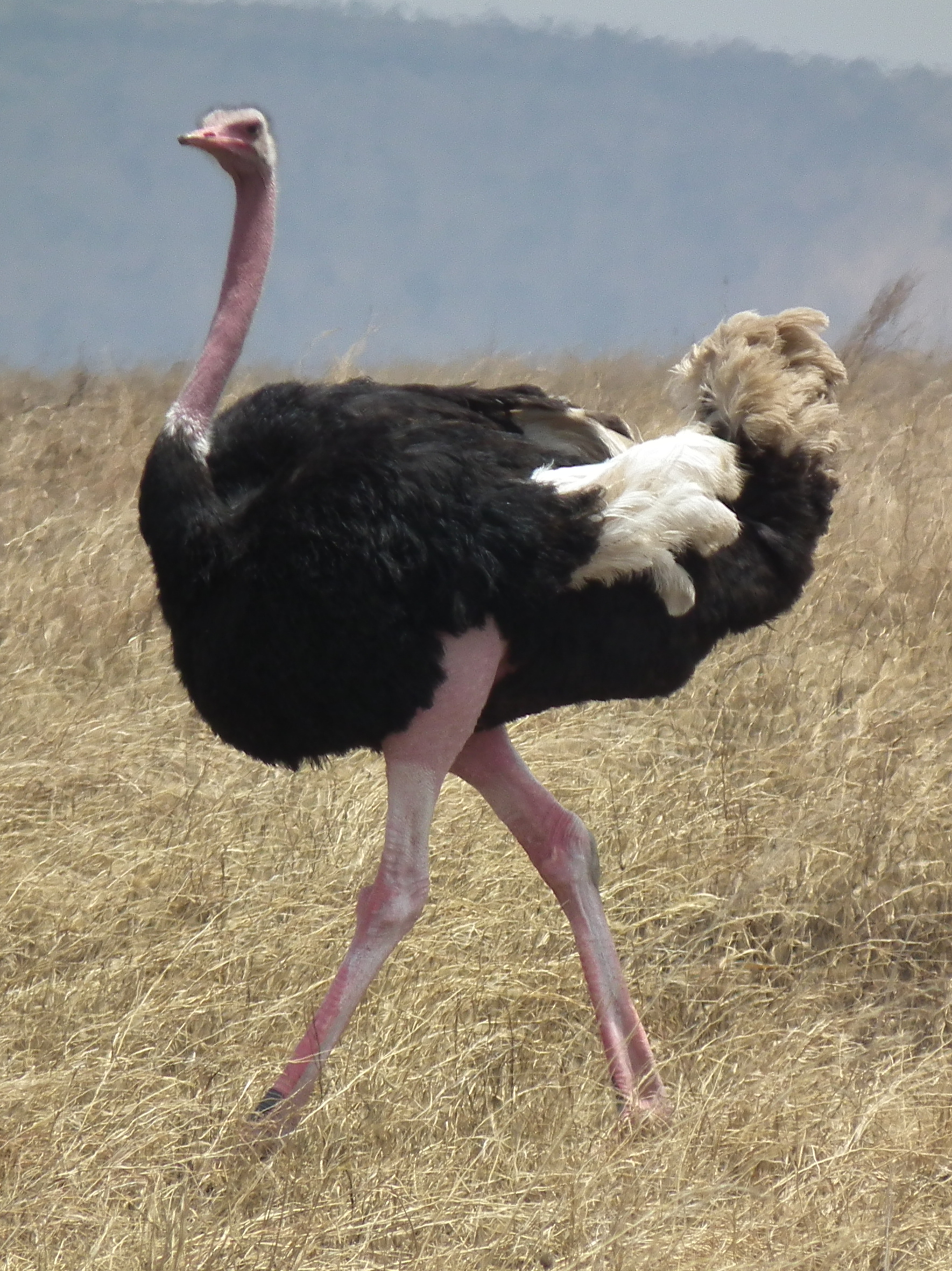Ostrich. Ostrich is the common name for a very large, fast-running, flightless, ratite bird, (Struthio camelus), native to Africa (and formerly the Middle East), characterized by long neck and legs, and two toes on each foot, with the nail of the larger inner toe resembling a hoof and the outer toe lacking a nail. ostrich [ˈɔstrɪtʃ]Существительное. ostrich / ostriches. The Ostrich is native to Africa, yet thrives in countries all over the.

All other birds have three or four toes, according to the American Ostrich Association.
As human populations grow, they expand into areas where wildlife once roamed freely.
The ostrich (Struthio camelus) is a large flightless bird that lives in Africa. Ostrich meat is lean and low in cholesterol with a taste and texture similar to beef. From Middle English ostrich, ostriche, ostryche, ostrige, borrowed from Anglo-Norman ostrige and Old French ostruce, from Vulgar Latin *austruthio, from Latin avis ("bird") + strūthiō ("ostrich"), from Ancient Greek στρουθίων (strouthíōn), or shortened from strūthiocamēlus.








